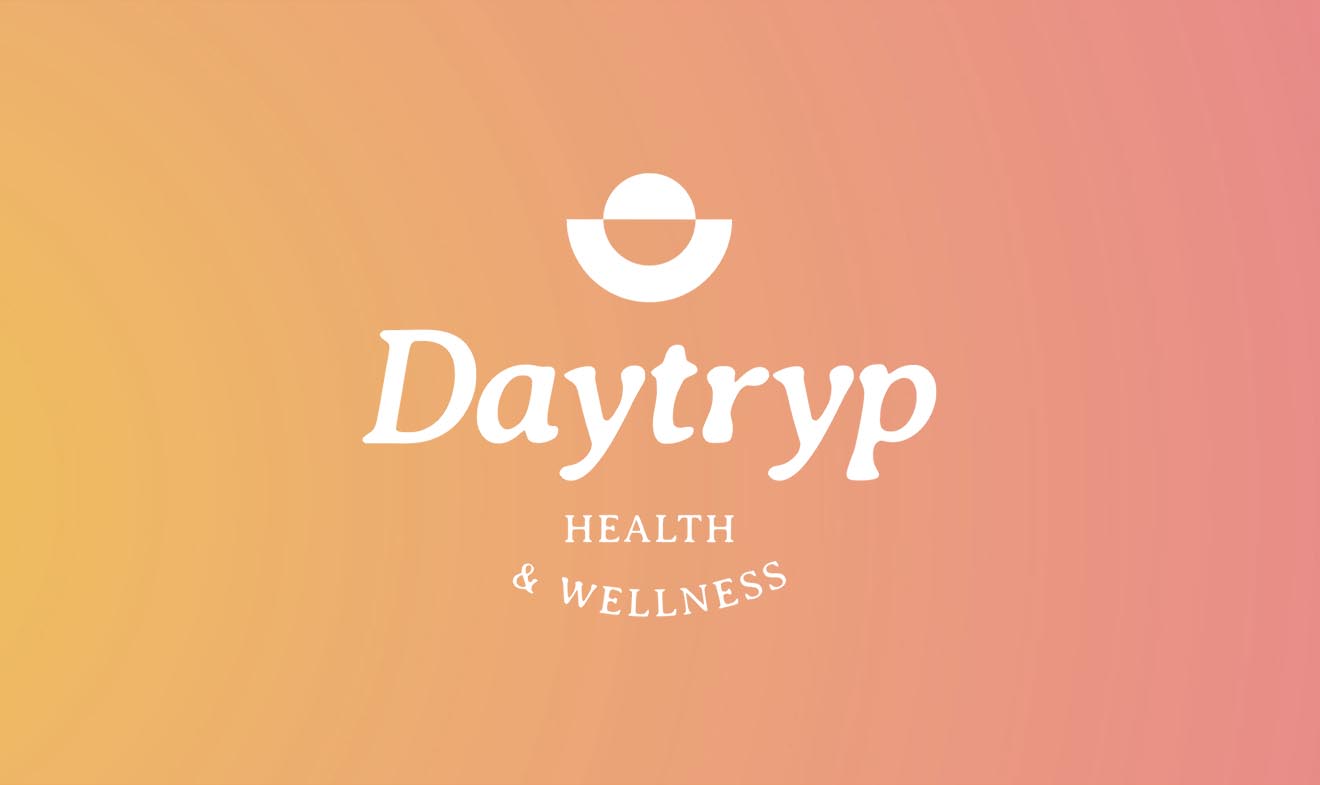Is Ketamine Therapy Safe? In the realm of mental health treatment, ketamine therapy has emerged as a beacon of hope for many grappling with debilitating conditions like depression, anxiety, and PTSD. Its journey from a World War II-era anesthetic to a promising psychiatric tool is nothing short of remarkable. Alongside, there’s a growing interest in various plant-based psychedelic medicines, heralding a potential paradigm shift in treating mental health disorders. However, as with any frontier in medicine, the question of safety is paramount. In this exploration, we delve into the complexities of ketamine therapy, examining its safety profile, potential risks, and how it compares to plant-based psychedelic therapies.
Is Ketamine Therapy Safe? Understanding Ketamine Therapy
Ketamine, originally developed in the 1960s as an anesthetic, has found a new role in the treatment of mental health conditions, particularly treatment-resistant depression. Unlike traditional antidepressants that take weeks to show effects, ketamine can produce rapid, sometimes immediate, improvements. Its mechanism involves NMDA receptor antagonism in the brain, leading to the release of neurotransmitters and promoting neural growth and connectivity.
Is Ketamine Therapy Safe? The Safety Profile of Ketamine
Ketamine’s safety in controlled, clinical settings is well-documented. Its use as an anesthetic is testimony to its relatively safe profile at appropriate doses. However, its transition into a psychiatric treatment brings unique considerations:
- Dosage and Administration: In therapeutic settings, ketamine is administered at much lower doses than for anesthesia. It’s typically given intravenously, intramuscularly, or via nasal spray, under strict medical supervision.
- Short-Term Effects: The immediate effects of ketamine can include dissociation, altered perception of time and space, and euphoria. While these can be therapeutically beneficial, they necessitate a controlled environment and professional oversight.
- Long-Term Effects: Research on the long-term effects of repeated ketamine use is ongoing. Some concerns include potential cognitive impairment, bladder issues, and dependency, although these are primarily associated with recreational abuse of the drug.
- Psychiatric Risks: Ketamine may not be suitable for individuals with a history of psychosis or certain other psychiatric conditions, as it can exacerbate these issues.
Comparing Ketamine with Plant-Based Psychedelics
Plant-based psychedelics like psilocybin (found in magic mushrooms) and ayahuasca have also gained attention for their therapeutic potential. While different in their pharmacological makeup and effects, they share some common ground with ketamine:
- Rapid Effects: Like ketamine, these substances can produce rapid changes in mental state and have shown promise in treating various mental health disorders.
- Therapeutic Setting: Both ketamine and plant-based psychedelics are most effective in a controlled, therapeutic setting, often accompanied by psychotherapy.
- Safety and Tolerability: Plant-based psychedelics have a relatively safe profile, especially when used under medical supervision. The risks of overdose are low, but they can induce intense psychological experiences.
- Legal Status and Accessibility: Unlike ketamine, which is legal for medical use, many plant-based psychedelics remain illegal under federal law in the U.S., limiting their accessibility and research.
Is Ketamine Therapy Safe? Ensuring Safe Use in Therapy
For both ketamine and plant-based psychedelics, the setting in which they are used is crucial for safety and efficacy:
- Medical Supervision: Treatment should be conducted by trained professionals who can manage dosage, monitor responses, and address any adverse reactions.
- Mental Health Screening: Prior psychological evaluation is essential to ensure suitability for therapy, especially for individuals with a history of psychosis or substance abuse.
- Integration Therapy: Post-treatment integration therapy is vital in helping patients process their experiences and apply insights to their daily lives.
- Quality Control: With plant-based substances, ensuring purity and proper dosage is critical, highlighting the need for regulation and standardization.
The Risks of Self-Medication
Self-medication with ketamine or plant-based psychedelics poses significant risks. Without proper dosing, supervision, and integration, these substances can lead to adverse psychiatric effects, dependency, and exacerbation of mental health conditions.
The Future of Ketamine and Psychedelic Therapy
The future of these treatments lies in ongoing research, improved regulation, and the development of protocols to maximize safety and efficacy. Clinical trials continue to shed light on their therapeutic potential and long-term effects.
Promising but Cautious Path Forward
Ketamine therapy, alongside plant-based psychedelic treatments, represents a groundbreaking shift in mental health care. Their ability to offer rapid and profound relief in cases where traditional treatments have failed is nothing short of revolutionary. However, their safe application hinges on careful, controlled, and professional use. The journey ahead requires a balance of open-minded exploration and rigorous scientific scrutiny to unlock their full potential while safeguarding against risks. As research advances and societal attitudes evolve, these therapies might soon become a cornerstone of modern psychiatric care, offering new hope to those battling the darkest depths of mental illness.










 Daytryp Health has taken
Daytryp Health has taken  The
The 